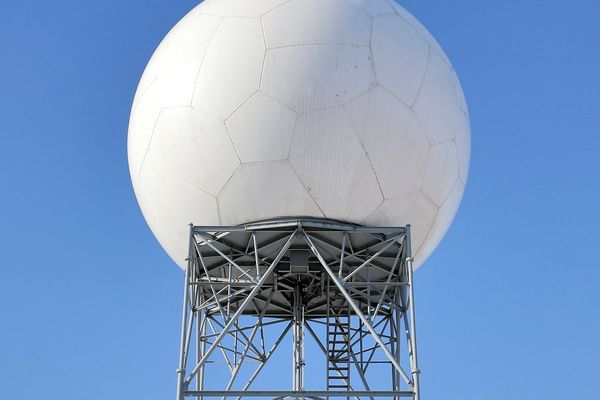
Support truly
independent journalism
Australian prime minister Anthony Albanese has raised the country’s terrorism threat level from “possible” to “probable” amid a worrying spread of extremism in the country.
The country’s intelligence agencies have disrupted eight possible terror incidents in just the last four months, according to spy chief Mike Burgess, director-general of the Australian Security Intelligence Organisation (ASIO).
“Probable” is the midpoint of the country’s five-tier National Terrorism Threat Advisory System, which has been set at warning an attack could be “possible” since November 2022. Prior to that it was set to “probable” for eight years running.
Mr Albanese told a press conference that the decision reflected intelligence about the current climate of extremism in Australia, rather than any specific known threat.
“I want to reassure Australians probable does not mean inevitable, and it does not mean there is intelligence about an imminent threat or danger,” the prime minister said.
“The advice that we’ve received is that more Australians are embracing a more diverse range of extreme ideologies and it is our responsibility to be vigilant.”
Mr Burgess warned that the security environment in Australia had become more volatile as “more Australians are being radicalised and radicalised more quickly ... (and) embracing a more diverse range of extreme ideologies.
He added: “More Australians are willing to use violence to advance their cause.”
“Provocative inflammatory behaviours are being normalised,” he said. “This trend increased during Covid and gained momentum after the terrorist attacks on Israel and accelerated during Israel’s military response. Individuals are embracing anti-authority ideologies, conspiracy theories and diverse grievances.”
The prime minister also asked lawmakers in the country to watch their language. “When the temperature of the security environment is rising, we must lower the temperature of debate – something I’ve been saying for some time. Our words and our actions matter.”
Mr Albanese said: “Living in a country as stable and open as ours, social cohesion cannot be taken for granted, it must be nourished and it must be cherished as a national asset.”
The ASIO said it had intercepted or responded to eight alleged terrorist attacks since April. Among these incidents was the Wakeley church stabbing in western Sydney, where a bishop was stabbed during a live-streamed sermon.
A “probable” terror rating indicates there is credible intelligence suggesting that individuals or groups have both the intent and capability to carry out an attack. The five-tier system ranges from “certain” to “not expected”.
Mark Dreyfus, the attorney general, said: “This is a return to the same national terrorism threat level that was in place in Australia for more than eight years. This return to a national terrorism threat level of ‘probable’ was informed by ASIO’s expert assessment of our current security environment.”
He added: “The director-general has outlined the dynamics that have raised the temperature of the security environment, but he has also said that these threats are not insurmountable. As the director-general and the prime minister have said, it does not mean that there is any imminent threat of terrorist attack in Australia.
“Rather, it means that ASIO’s experts in the national threat assessment centre have assessed current intelligence and made a decision that reflects our current security environment. I want to reassure the public that ASIO and our law enforcement partners are working hard to detect terrorist threats and are well-practised at disrupting them.”







